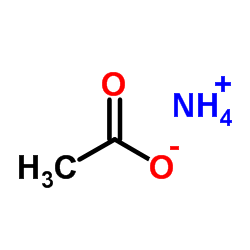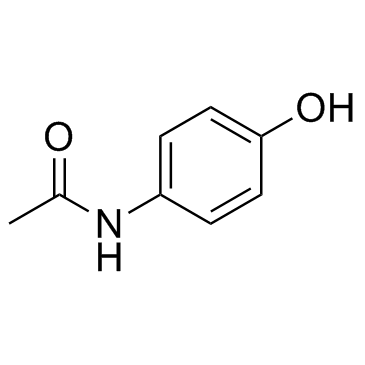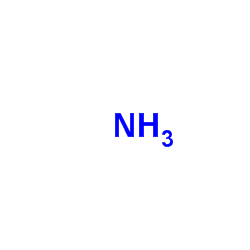| Structure | Name/CAS No. | Articles |
|---|---|---|
 |
Acetone
CAS:67-64-1 |
|
 |
Ammonium acetate
CAS:631-61-8 |
|
 |
Hydrochloric acid
CAS:7647-01-0 |
|
 |
Methanol
CAS:67-56-1 |
|
 |
4-Acetamidophenol
CAS:103-90-2 |
|
 |
Erythromycin
CAS:114-07-8 |
|
 |
Ammonia
CAS:7664-41-7 |
|
 |
Trimethoprim
CAS:738-70-5 |
|
 |
Tamoxifen
CAS:10540-29-1 |
|
 |
AMMONIA (14N)
CAS:1026405-88-8 |